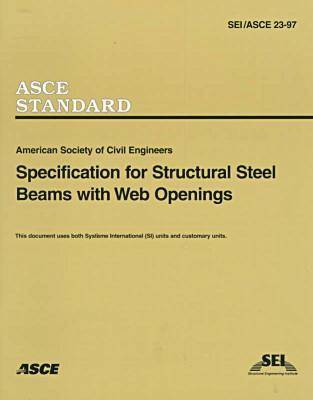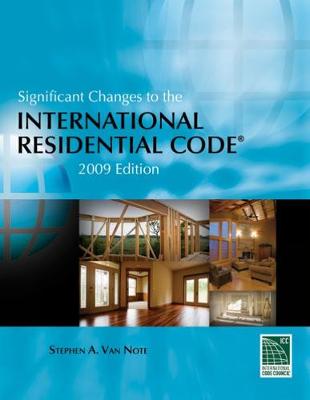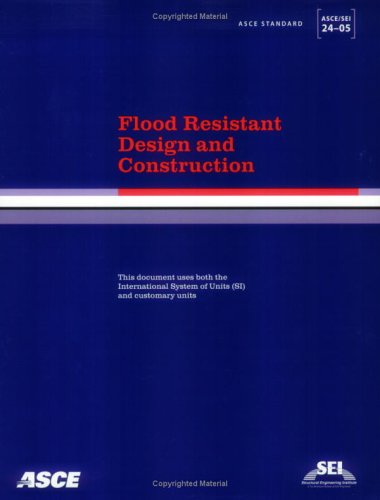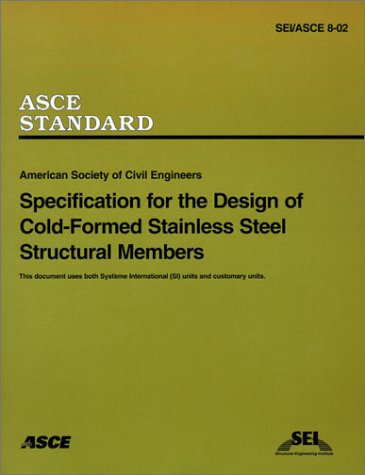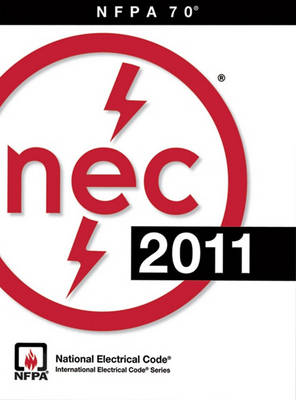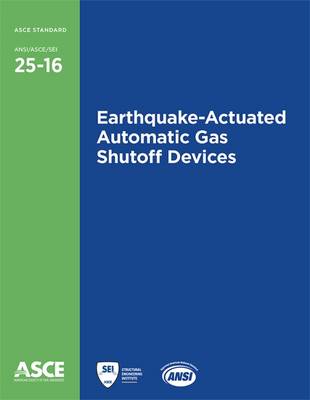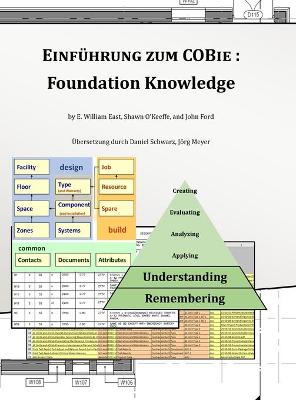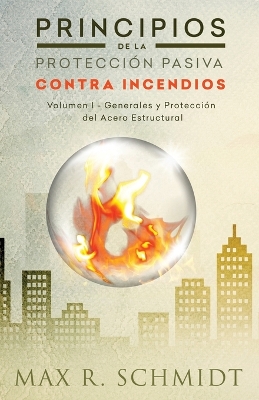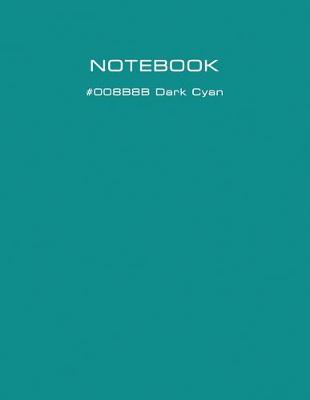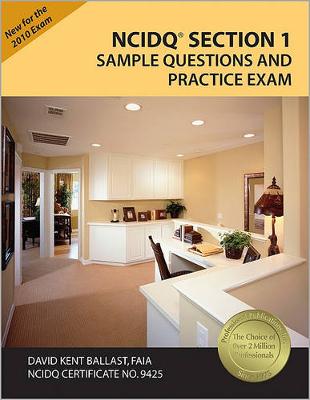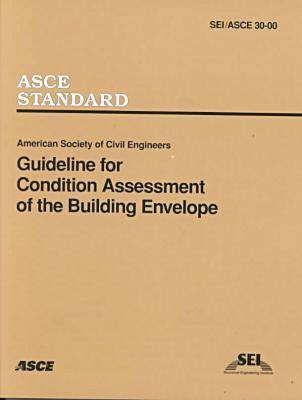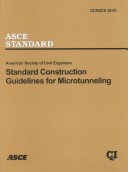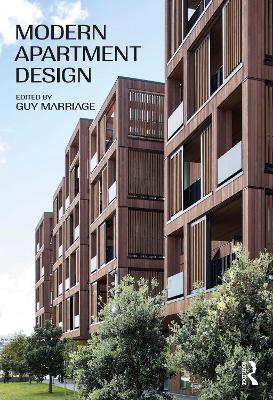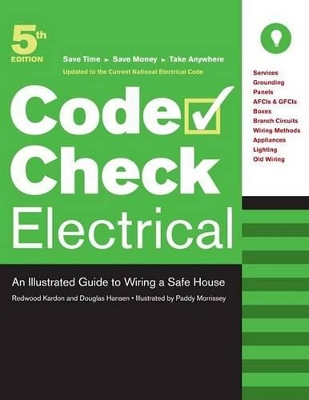This specification covers the design of composite and noncomposite beams with web openings. Basic design procedures involve determination of maximum nominal flexural capacity, maximum nominal shear capacity, and interaction of flexure and shear. Section properties are limited to ensure ductile behavior. Rectangular and circular openings, with or without opening reinforcement, are addressed. The specification follows load and resistance factor design philosophy.
This is the resource that code users are raving about u a guide that helps to identify specific changes between the 2006 and 2009 editions of the International Residential Code", while also providing the reason and rationale behind those changes. This bookAEs effectiveness lies in its focus, which is primarily aimed at the most critical provisions, the most commonly used provisions, and provisions that have had a significant change in application, so that users can readily identify what changes...
Comprehensive and Integrative Architectural Design addresses integrative design – design that bridges the gap between architectural design and architectural technology. With its roots in sustainability, and with the universal acceptance of data driven design, it is widely acknowledged that integrative design completed in a comprehensive way is the process that will lead to a more sustainable and responsible built environment. Organized in order of the design process itself—pre-design, schematic...
ASCE/SEI Standard 24-05 provides minimum requirements for flood-resistant design and construction of structures located in flood hazard areas. This standard applies to new construction, which includes: new structures including subsequent work to such structures, and work classified as substantial repair or substantial improvement of an existing structure that is not an historic structure. This Standard is a revision of ""ASCE/SEI 24-98"". Topics covered include: Basic Requirements for Flood Haza...
Specification for the Design of Cold-Formed Stainless Steel Structural Members, SEI/ASCE 8-02
"ASCE's Standard Specification for the Design of Cold-Formed Stainless Steel Structural Members" (ASCE 8-02) provides design criteria for the determination of the strength of stainless steel structural members and connections for use in buildings and other statically loaded structures. The members may be cold-formed to shape from annealed and cold-rolled sheet, strip, plate, or flat bar stainless steel material. Design criteria are provided for axially loaded tension or compression members, flex...
Safe, efficient, code-compliant electrical installations are made simple with the latest publication of this widely popular resource. Like its highly successful previous editions, the National Electrical Coder 2011 spiral bound version combines solid, thorough, research-based content with the tools you need to build an in-depth understanding of the most important topics. New to the 2011 edition are articles including first-time Article 399 on Outdoor, Overhead Conductors with over 600 volts, fir...
Building Codes Illustrated (Building Codes Illustrated, #6)
by Francis D. K. Ching and Steven R. Winkel, FAIA, PE
Dive into the history and application of the IBC Building Codes Illustrated: A Guide to the 2015 International Building Code, Fifth Edition is a bestselling complement to the International Building Code, or IBC. Designed to give you an insider's look at the origins of the IBC, how it can be interpreted, and how it applies to design and construction, this updated text offers new information regarding hazmat occupancies, hospitals, and nursing homes, major changes to how building heights and areas...
Earthquake-Actuated Automatic Gas Shutoff Devices (25-16) (Standards ANSI/ASCE/SEI 25-16)
by American Society of Civil Engineers
Prepared by the Earthquake-Actuated Automatic Gas Shutoff Systems Standards Committee of the Codes and Standards Activities Division of the Structural Engineering Institute of ASCE. This standard provides current minimum functionality requirements for earthquake-actuated automatic gas shutoff devices. These devices contain both a means of sensing seismic activity and a way of shutting off the flow of gas. Applicable to systems carrying natural gas and propane, the devices are used in piping, eq...
Principios de la Protección Pasiva Contra Incendios (Proteccion Pasiva Contra Fuego, #1) (Protecci n Pasiva Contra Fuego, #1)
by Max R Schmidt
Regulated Riparian Model Water Code (Standards)
Prepared by the Water Regulatory Standards Committee of the Standards Development Council of the Environmental and Water Resources Institute (EWRI) of the American Society of Civil Engineers Regulated Riparian Model Water Code, ASCE/EWRI 40-18, provides a complete, comprehensive, and well-integrated statutory scheme for creating or refining a regulated riparian system of water law. This system uses a requirement of administrative permits for larger water uses, issued based on the well-establish...
Smart Buildings Systems: Data Collection, Management and Analytics provides a broad range of data sources and a thorough explanation of the methods used to extract information from the vast quantities of available data. This reference presents a complete spectrum of smart building inputs, including the heuristics, rule-based logic engines, and machine learning algorithms that generate informational data. Written by an author with 10 years of experience, this comprehensive resource offers data-dr...
Standard Calculation Methods for Structural Fire Protection (Standards, ASCE/SEI/S)
NCIDQ Section 1 Sample Questions and Practice Exam
by David Kent Ballast
Guideline for Condition Assessment of the Building Envelope (Standards)
This Standard provides a guideline and methodology for assessing the condition and performance of existing building envelope systems and components, and identifying problematic and dysfunctional elements. As the adaptive reuse, rehabilitation, and improvement of existing buildings have assumed a more prominent role in meeting national needs, the ability to accurately assess the conditions of a building is imperative. The condition of the building envelope is most important since failures can res...
Electrical Engineering for Buildings (IEEE Press Series on Power Engineering)
by Stephen Bakin
This is a guide for electrical engineers working in the field of designing electrical services, power distribution and lighting systems. This book describes the design process and the engineer's role on the building design team within the construction industry and includes up-to-date codes, standards, and practices. Unlike any other book in this area, this book provides thorough engineering guidance in the context of the actual design process. The intent of this book is to guide engineers throug...
This Standard Guideline covers the planning, design, pipe materials, and construction of microtunneling. Microtunneling is defined as a trenchless construction method for installing pipelines. The North American definition of microtunneling describes a method and does not impose size limitations on that method. The tunnel may be considered a microtunnel if all of the following features apply to construction: the microtunneling boring machine is remote controlled, a laser guidance system is emplo...
Provides guidelines to the design of modern apartment buildings as well as a summation of current cutting-edge practice in engineered timber construction Features guidance and information from industry-leading practitioners in the area, enabling best practice in the architecture and engineering of these new building types Fully illustrated, full colour, case studies in New Zealand, the UK, Norway, the USA, Canada, South Korea and China
Code Check Electrical (Code Check Electrical: An Illustrated Guide to Wiring a Safe)
by Redwood Kardon and Douglas Hansen
